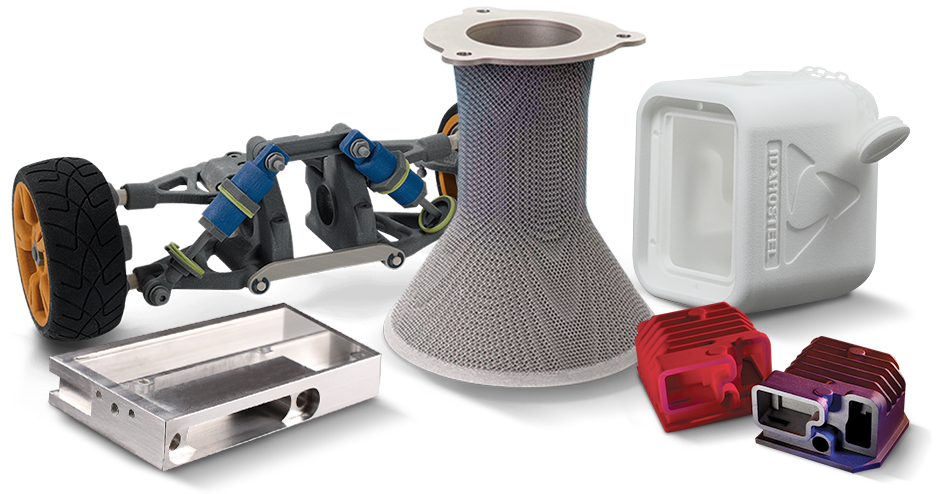Being ahead of the curve in the ever-changing field of product design calls for dexterity, accuracy, and a dedication to creativity. The traditional approach to product development has been revolutionized by rapid prototyping, which has emerged as a game-changer. This strategy offers numerous advantages in addition to speeding the idea-to-market transition. Let’s have a look at the benefits of rapid prototype China to various industries:

Quick Iterations and Quick Time to Market:
The potential of rapid prototyping to significantly cut down on the time needed for product development is one of its most notable benefits. Long design cycles and numerous iterations are common in traditional methodologies, which prolongs the time to market. On the other hand, rapid prototype China gives designers the ability to produce, test, and improve prototypes quickly. Companies can acquire a competitive edge by being able to react quickly to evolving trends, market demands, and emerging technology thanks to this agility.
Product Development Cost-Efficiency:
In traditional manufacturing procedures, costly molds and equipment are frequently used, which makes design modifications an expensive endeavor. Because rapid prototyping uses digital models instead of complex and costly tooling, it can generate prototypes more quickly. This lowers setup costs from the start and makes cost-effective design revisions possible. Rapid prototyping gives businesses the financial freedom they need to allocate resources more effectively and make additional investments in innovation.
Improved Product Performance and Quality:
Early on in the development process, designers can evaluate a product's functionality and performance by making it easier to swiftly create physical prototypes. By ensuring that design flaws are found and fixed prior to mass production, this immediate feedback loop raises the overall quality of the product. Iteratively testing and improving prototypes improves the final product and meets or surpasses customer expectations.
Individualization and Tailoring:
Rapid prototyping enables the quick customization of products to meet individual needs at a time when personalization is crucial. Designers can readily edit digital models to produce unique versions, appealing to certain market segments or individual preferences. This flexibility not only expands market reach but also presents a business as responsive and customer-centric.
Ability to Use Tools:
Rapid prototyping's tooling capability—the technology's capacity to produce exact, complicated prototypes without requiring sophisticated tooling—is essential to its effectiveness. This frees up designers to concentrate on creativity and functionality by doing away with the time-consuming and expensive process of traditional tooling. By enabling the creation of intricate and detailed prototypes, rapid prototyping tooling expands the realm of possible design solutions.
To sum up, rapid prototyping is an essential component of contemporary product design and provides unmatched advantages that go beyond increased productivity. Its effects on speeding up time to market, enhancing product quality, encouraging creativity, and enabling affordable iterations make it an essential tool for businesses looking to take the lead in the competitive business world of today. In an increasingly dynamic product design world, adopting rapid prototyping is not an option but rather a strategic must for companies looking to innovate and grow.
















